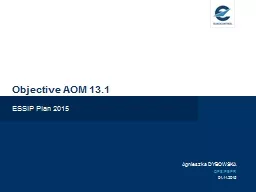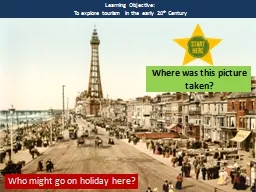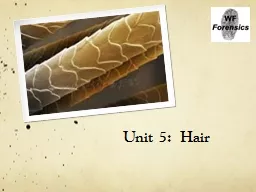PPT-Standard and Objective
Author : min-jolicoeur | Published Date : 2017-08-13
SSHSS1C801d Strand 1 American History Concept 8 Great Depression and World War II PO 2 Describe the impact of American involvement in World War II d Japanese German
Presentation Embed Code
Download Presentation
Download Presentation The PPT/PDF document "Standard and Objective" is the property of its rightful owner. Permission is granted to download and print the materials on this website for personal, non-commercial use only, and to display it on your personal computer provided you do not modify the materials and that you retain all copyright notices contained in the materials. By downloading content from our website, you accept the terms of this agreement.
Standard and Objective: Transcript
Download Rules Of Document
"Standard and Objective"The content belongs to its owner. You may download and print it for personal use, without modification, and keep all copyright notices. By downloading, you agree to these terms.
Related Documents














